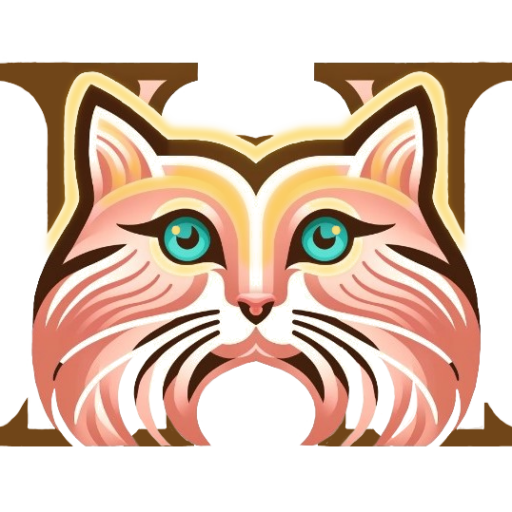The Holistic Character Assessment Toolkit (H-CAT) represents a groundbreaking platform in the realms of character development and storytelling. This expansive, community-driven platform is not just a toolkit but a collaborative space for storytellers, writers, and creatives to learn, grow, and innovate together.
In this comprehensive blog post, we’ll explore the multifaceted nature of H-CAT, delve into the first two sections of the Holistic Character Profile, and preview the upcoming “Communication Style” section.
Overview of H-CAT’s Scope
1. Beyond Character Development: H-CAT extends its resources beyond character creation to narrative structure, plot development, and thematic exploration, offering a rich suite of story development tools.
2. Community-Driven Design: Emphasizing user input, H-CAT evolves through feedback and suggestions, making it a dynamic and ever-adapting toolkit.
Engaging with H-CAT
1. Active Participation: Users are key to H-CAT’s evolution, encouraged to use the tools for character and story development, and contribute ideas for improvements.
2. Feedback Mechanism: The platform features systems for feedback, ensuring user experiences shape future developments.
3. Community Forums: H-CAT fosters a collaborative environment with forums for discussion, advice, and shared storytelling experiences.
Utilizing H-CAT for Storytelling
1. Story Development Tools: H-CAT includes tools for plotting, theme exploration, and narrative structure, aiding in crafting well-structured stories.
2. Collaborative Storytelling: The platform supports joint narrative development and idea exchange, enhancing the storytelling process.
3. Resource Library: A library of resources and best practices, curated based on community and expert insights, supports storytellers in their craft.
Future of H-CAT
1. User-Driven Evolution: User feedback is central to H-CAT’s ongoing enhancement and expansion, adapting to the changing needs of storytellers.
2. Adapting to Trends: As storytelling trends evolve, H-CAT adapts, ensuring relevance and utility.
3. Growing Community: The aim is to cultivate a supportive environment for a growing community of storytellers and creatives.
Exploring the Holistic Character Profile
“Basic Details” Section
1. Character Name: A name that reflects cultural background or meaningful significance can profoundly influence character dynamics.
2. Race/Species: A character’s race or species, particularly if unique to the story’s world, impacts their interactions and experiences.
3. Age & Birthday: Age and time of birth can shape personality and pivotal story events.
4. Zodiac Sign: Zodiac signs can offer insights into personality if astrology is relevant in the story.
5. MBTI Type: The Myers-Briggs Type Indicator can deepen understanding of a character’s social interactions and behaviors.
6. Class/Level: Especially in RPGs, this defines skills and societal roles, crucial for the narrative arc.
7. Alignment: Moral and ethical alignment guides choices and actions.
8. Likes & Dislikes: Preferences and aversions can create relatable traits and plot developments.
“Appearance” Section
1. Eye & Hair Color: Colors can align with or challenge world norms, adding depth or rarity.
2. Hair Length, Style, Texture: Reflect personality, lifestyle, and societal norms.
3. Facial Hair: Cultural significance or personal choice can add depth.
4. Distinguishing Features: Unique traits add intrigue and narrative impact.
5. Clothing Style & Type: Mirror personality, status, or cultural affiliations.
6. Clothing Colors: Symbolic meanings or emotional representations.
7. Accessories: Decorative, functional, or sentimental roles.
Looking Ahead
The next blog post will explore the “Communication Style” section of the Holistic Character Profile, essential for crafting realistic dialogues and relationships.
Conclusion
H-CAT, with its community-driven approach and comprehensive tools, stands as an invaluable asset for creators in various media. The Holistic Character Profile, part of this toolkit, provides a structured approach to character development, ensuring the creation of compelling, multidimensional characters and narratives. Stay tuned for our next installment, which will enhance the narrative toolkit by focusing on character communication styles.
